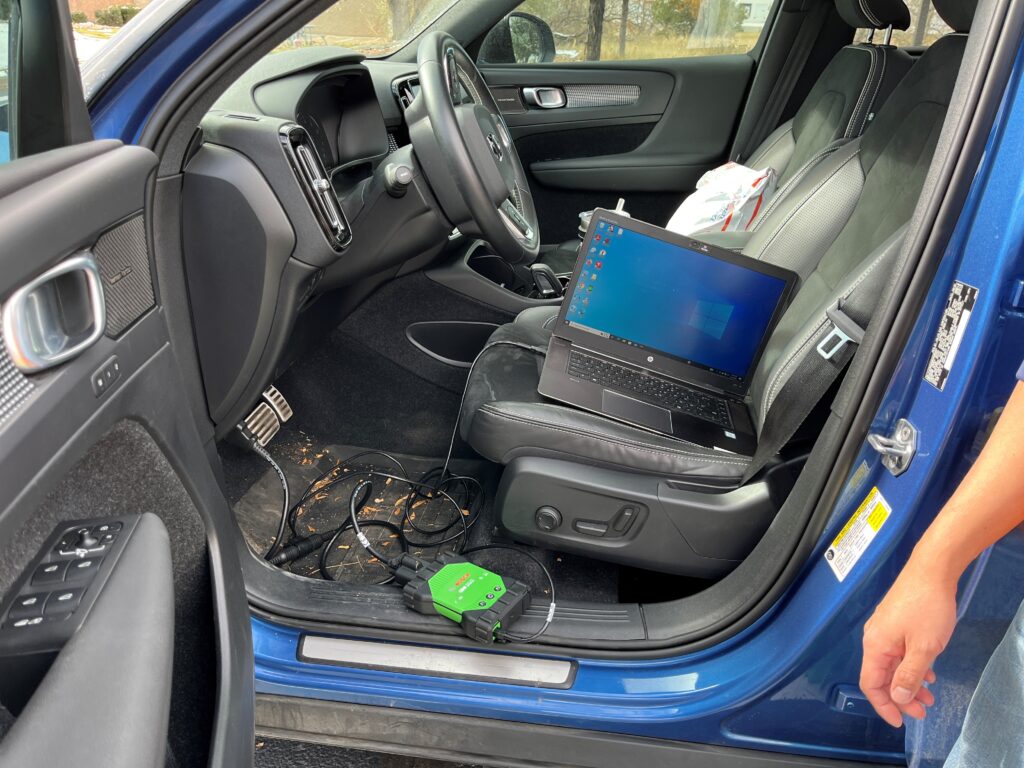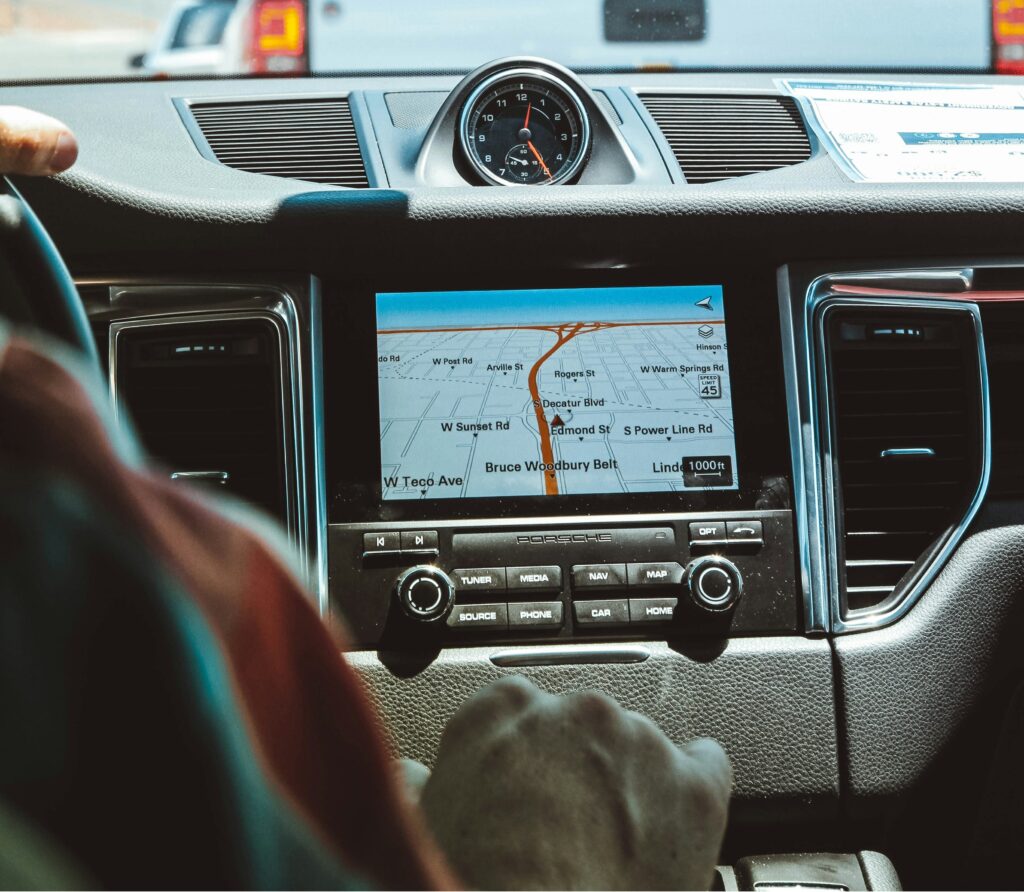
Knott Laboratory provides forensic engineering and animation, Civil & Structural, and Fire & Explosion Investigation services to reconstruct accidents.
A Truckload of Data: All the Crash Data Available in Today’s Vehicles
Vehicle Event Data Recorders (EDR), commonly known as vehicle “black boxes”, have proven to be objective, essential, and valuable evidence in accident reconstruction. Manufacturers have been installing these devices on vehicles as early as the mid-90s.
In the Beginning
Initially, EDRs were intended to record the performance of a vehicle airbag system and a few other parameters such as:
- speed leading up to impact
- brake pedal actuation
- accelerator pedal position
- the vehicle’s sudden change in speed during the collision

The Next Evolution
As we all experience, technology evolves rapidly. Vehicles have implemented more sensors and systems, all capturing data. Every bit of this data can be valuable in reconstructing a motor vehicle accident.
This next evolution of data includes:
- steering wheel angle input
- brake master cylinder pressure
- seat belt usage
- if a seat is occupied by a passenger
- the vehicle’s roll/pitch/yaw rate leading up to impact
Additionally, Advanced Driver Assistance Systems (ADAS) technology has become standard in vehicles. This encompasses features like adaptive cruise-control, lane keeping assist, blind spot detection, cross-traffic/pedestrian detection, and automatic emergency braking systems.
These systems allow the recording of:
- the moment the vehicle sensed the presence of another vehicle, pedestrian, or object
- the location of said object and the rate the vehicle was approaching it
- the distance of the vehicle from lane lines
- the moment the vehicle determined it needed to intervene with the driver to engage braking and/or steering inputs
ADAS systems have even been known to record event data even though a collision did not occur, or the impact was minor. In most cases, this would not have been recorded by traditional EDR systems.
And Now: EDR Everywhere
At the present stage, vehicles contain so many systems and sensors that each one can be considered an EDR of its own.
Camera Systems
Manufacturers are utilizing an array of cameras as part of the safety and driver-assistance systems. These cameras can record snapshots, or even video, of incidents including collisions and near-collision events.
The images/video can be analyzed by accident reconstructionists with photogrammetry/videogrammetry techniques to reconstruct aspects of the collision that may not have been recorded by other EDR systems. The images may also reveal key elements of the incident, such as traffic light color for the parties involved.

Infotainment Systems
A vehicle’s infotainment system also has the capability to record event data. Depending on the system, months and even years of vehicle history data can be recorded.
These can include:
- GPS location
- seat belt usage
- every time the ignition cycled
- every time a door opened and closed
- every time the brakes were used in an emergency manner
- data from collision or near-miss incidents
- the date, time, and odometer during these events
Additionally, if a cell phone was plugged into the infotainment system, data such as text messages, emails, and call logs are now accessible.

Smart Devices
We can’t forget about the other devices typically on-hand in an incident, though not part of the vehicle. Smart phones and wearables can be considered an EDR as they collect data relevant to incidents.
For example, newer model Apple iPhones and Watches have crash detection systems that utilize motion sensors, GPS, barometer, and microphone to determine if the user had been in a crash. Accident reconstructionists can include the data from these devices to add pieces to the puzzle regarding timing and motion.
Let us bring our expertise in analyzing EDR, ADAS, infotainment, and smart device data to your case. Contact us today to learn how our accident reconstruction services can help uncover the facts and provide clarity in your case.

